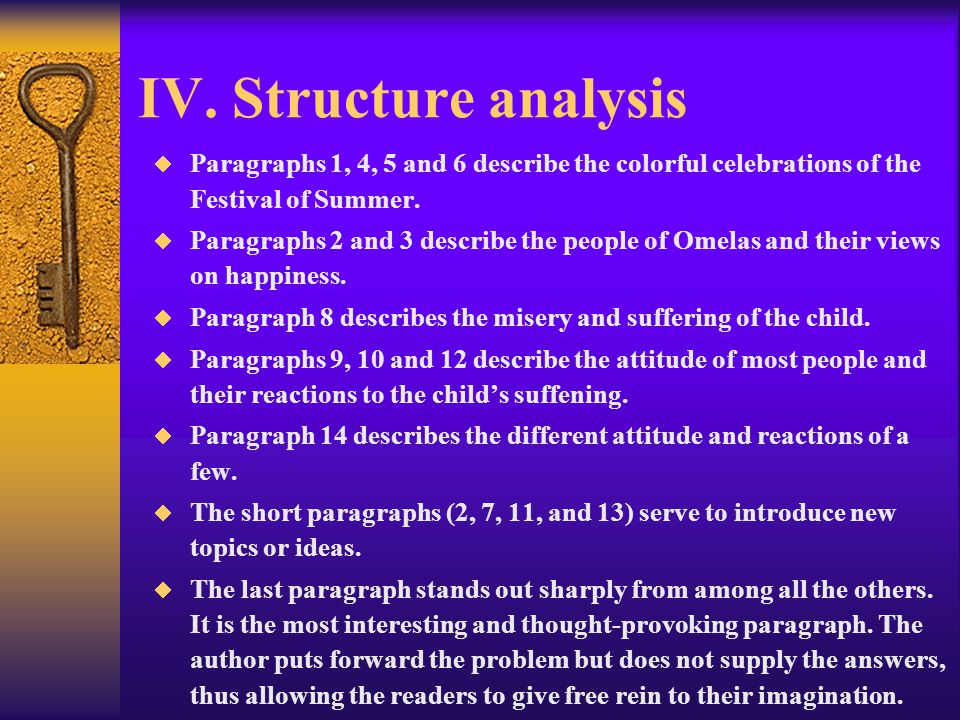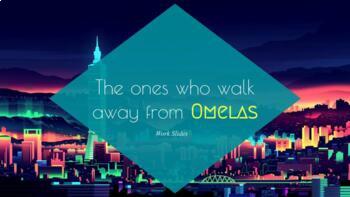

The West Virginia Education Association put out a survey that said, “On any given day, American teenagers (13- to 18-year-olds) average about nine hours of entertainment media use, excluding time spent at school or for homework. I want to acknowledge this, but also explain why it is a natural opener for teenagers. I know that advocating for the use of media in class is a little scandalous, since our students are coming off a year where they probably had more screen time than ever. This has become a common practice not only in my AP® Lit class but all of my courses.ĪP® is a trademark registered by the College Board, which is not affiliated with, and does not endorse, this website.

Since then, I’ve been looking for opportunities to use small pieces of media to introduce, pair with, or supplement a text. One day John proudly told me that his parents kicked him out of the living room the night before because he wouldn’t stop teaching them about the importance of a scene in The Walking Dead. He dominated a lot of our discussions and would come rushing in every morning with a new observation he had made. However, once we began applying Foster’s patterns and concepts to movies and television, John absolutely came alive. He told me he didn’t sign up for the class and it was obvious he didn’t feel he was a strong enough reader or writer. One student, I’ll call him John, was very reluctant about being in AP® Lit.

I began taking notes and using media examples into my instructional notes each day. While I saw its potential in an AP® Lit class, I didn’t really start making “aha” moments until I applied Foster’s strategies to many of the movies that I love. Three years ago, I began teaching How to Read Literature Like a Professor in class for the first time. To view the presentation from that night, click here. This is a blog-version of my presentation in the online Mosaic conference on July 19, 2021.


 0 kommentar(er)
0 kommentar(er)
